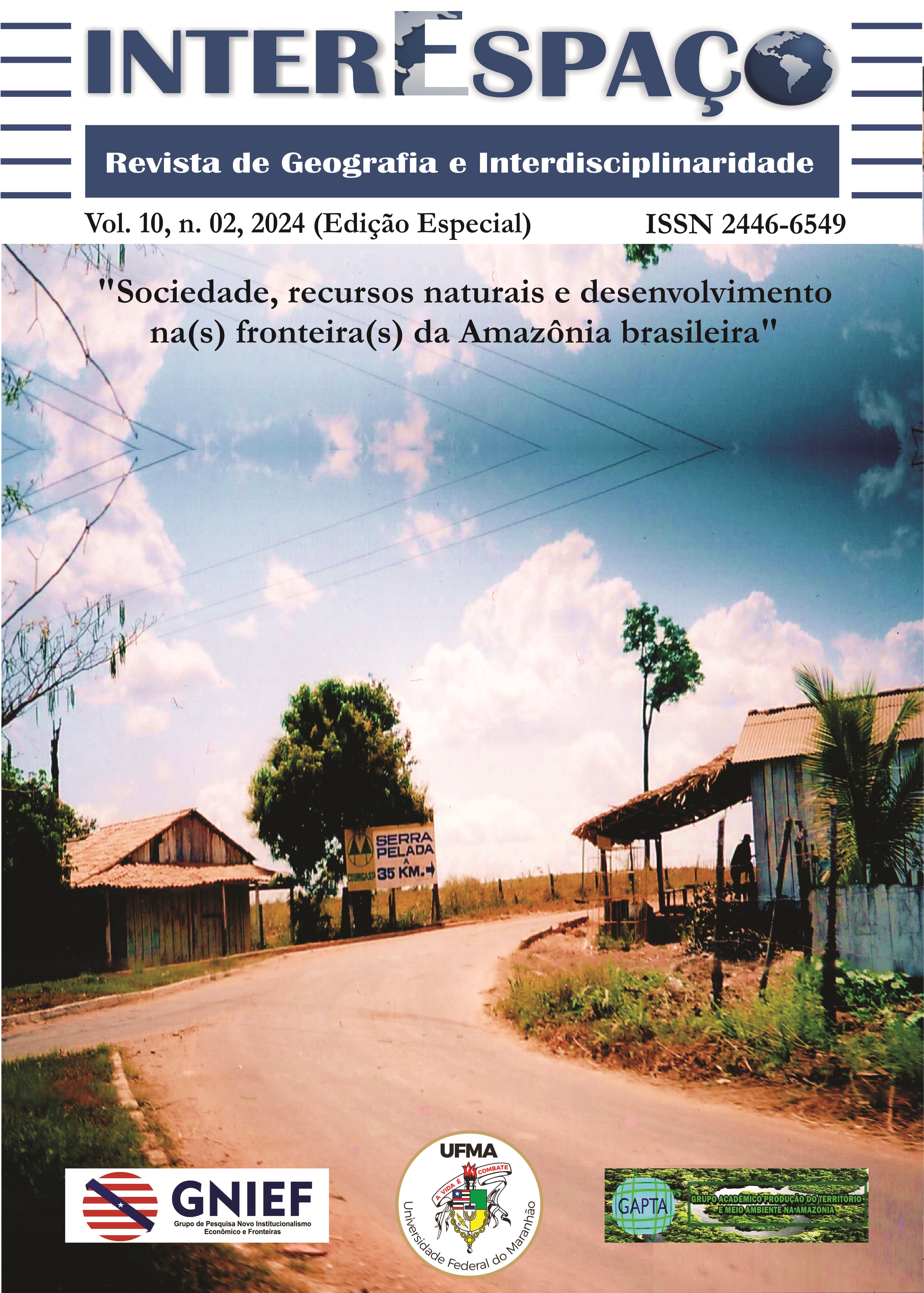The Geographical Indication of Bragança flour: theory and reality of resource specification in the Amazon frontier
DOI:
https://doi.org/10.18764/2446-6549.e22770Keywords:
Distinctive signs, Geographical indication, Flour housesAbstract
Bragança flour is a product that has won the preference of consumers and acquired state and national notoriety over the years, factors that contributed to the granting of its geographical indication registration in 2019. This research aims to analyze the geographical indication of Bragança flour and its experience of specifying resources. The methodology is based on technical procedures and includes bibliographic, documentary and field researches. Regarding the implementation of the IG Bragança, the results point to major challenges, because most producers do not have financial resources to regularize their flour houses and only one producer is using the IG registry, contrast with the reality of more than 12 thousand establishments. Therefore, although the IG contributes to the protection of the name and adding value to the product, there are important difficulties to be faced by producers, Mixed Cooperative of Family Farmers and Extractives of Caetés (also Known as COOMAC) and municipal, state and federal governments.
Downloads
Downloads
Published
How to Cite
Issue
Section
License

This work is licensed under a Creative Commons Attribution-NonCommercial-NoDerivatives 4.0 International License.
Direitos autorais InterEspaço: Revista de Geografia e Interdisciplinaridade
Este obra está licenciado com uma Licença Creative Commons Atribuição-NãoComercial-SemDerivações 4.0 Internacional.
Os conteúdos publicados são de inteira e exclusiva responsabilidade de seus autores, ainda que reservado aos editores o direito de proceder a ajustes textuais e de adequação às normas da publicação.







